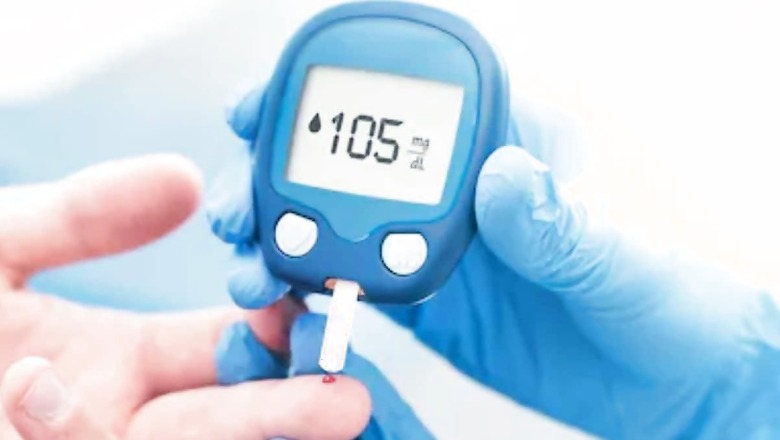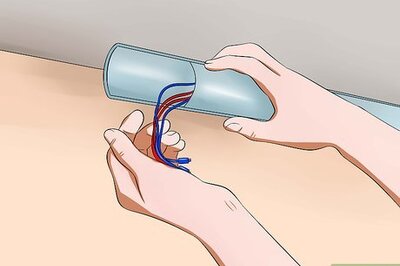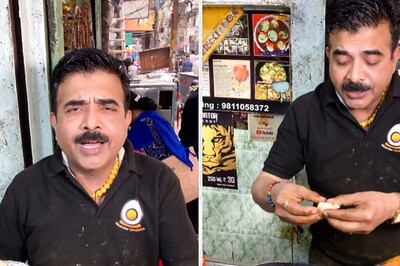
views
Monitoring blood sugar levels is crucial for managing diabetes, essentially for individuals with type 1 diabetes and insulin users. It offers information for daily and sometimes hourly diabetes management. A glucometer is the only device that can help you keep an eye on your blood sugar levels at home. You can determine how much glucose is present in a finger blood drop.
How should a glucometer be used?
A tiny, sharp needle known as a lancet is used to prickle your finger, and a drop of blood is placed on a test strip. Then you insert the test strip into a blood sugar meter to see your blood sugar level. Results are displayed within 15 seconds, and you can save this data for further use. Some meters provide charts and graphs of your previous test results with the mean blood sugar level over time.
Which finger to test?
The comfort and accuracy of your glucose test result may vary depending on which finger you use. Blood glucose levels, nerve endings, and skin thickness can differ in each finger. These variables may affect the amount of blood you get, the intensity of your discomfort, and the accuracy of your reading.
The World Health Organisation (WHO) states that the middle or ring fingers are the most useful for measuring blood sugar levels. There are fewer nerve endings, therefore pricking them won’t hurt as much.
- There is more capillary blood, indicating more stable and current blood glucose levels.
- For right-handed people, these fingers are much more comfortable and convenient.
- To test for glucose, you should not use your thumb or little finger because pricking the thumb causes more pain since it has more nerve ends than the other fingers.
- As the thumb’s capillary blood supply is less than that of the other fingers’, its blood glucose levels are less stable and less current.
- The little finger is more susceptible to damage and infection from punctures because its skin is thinner than other fingers.




















Comments
0 comment